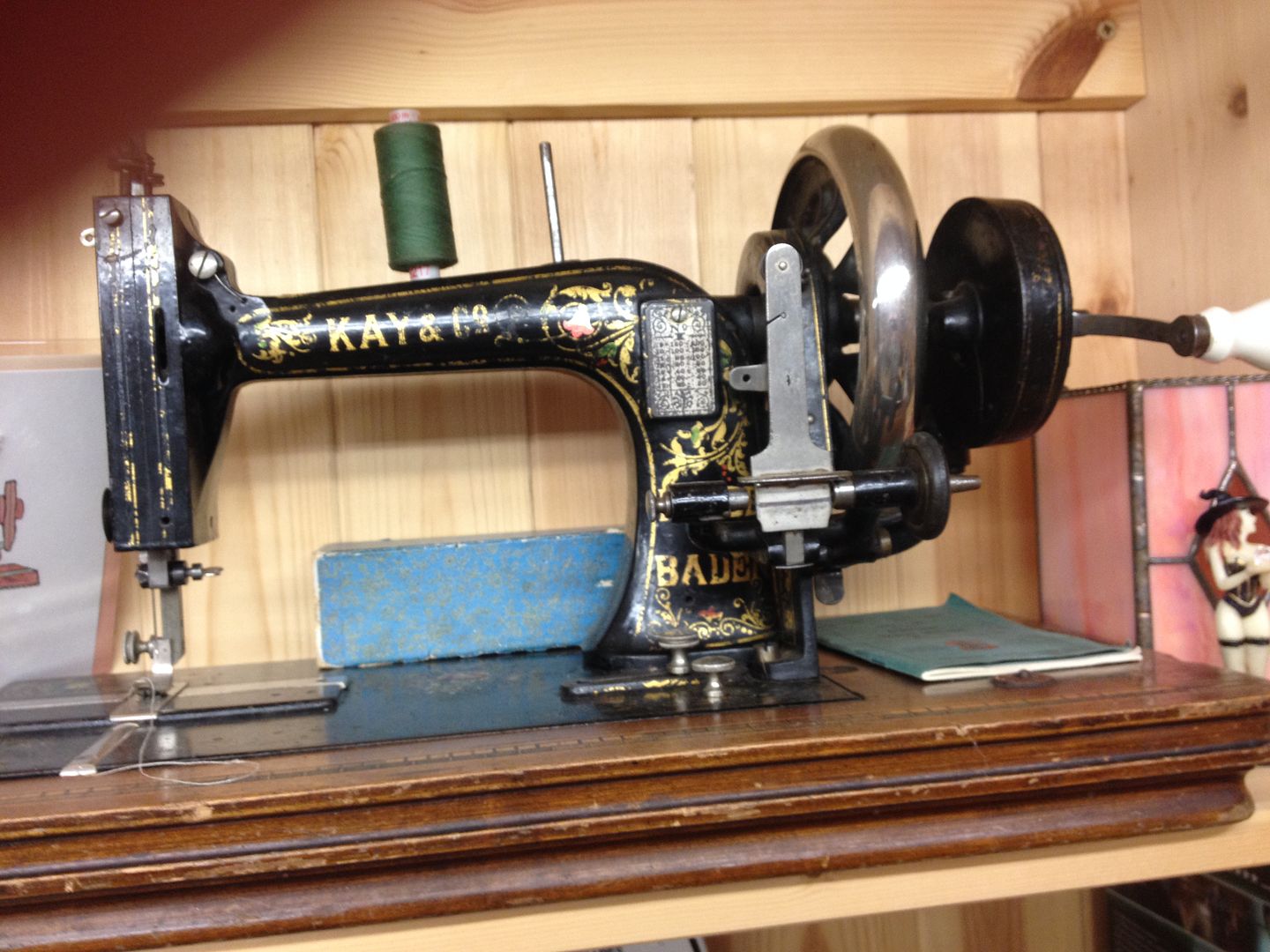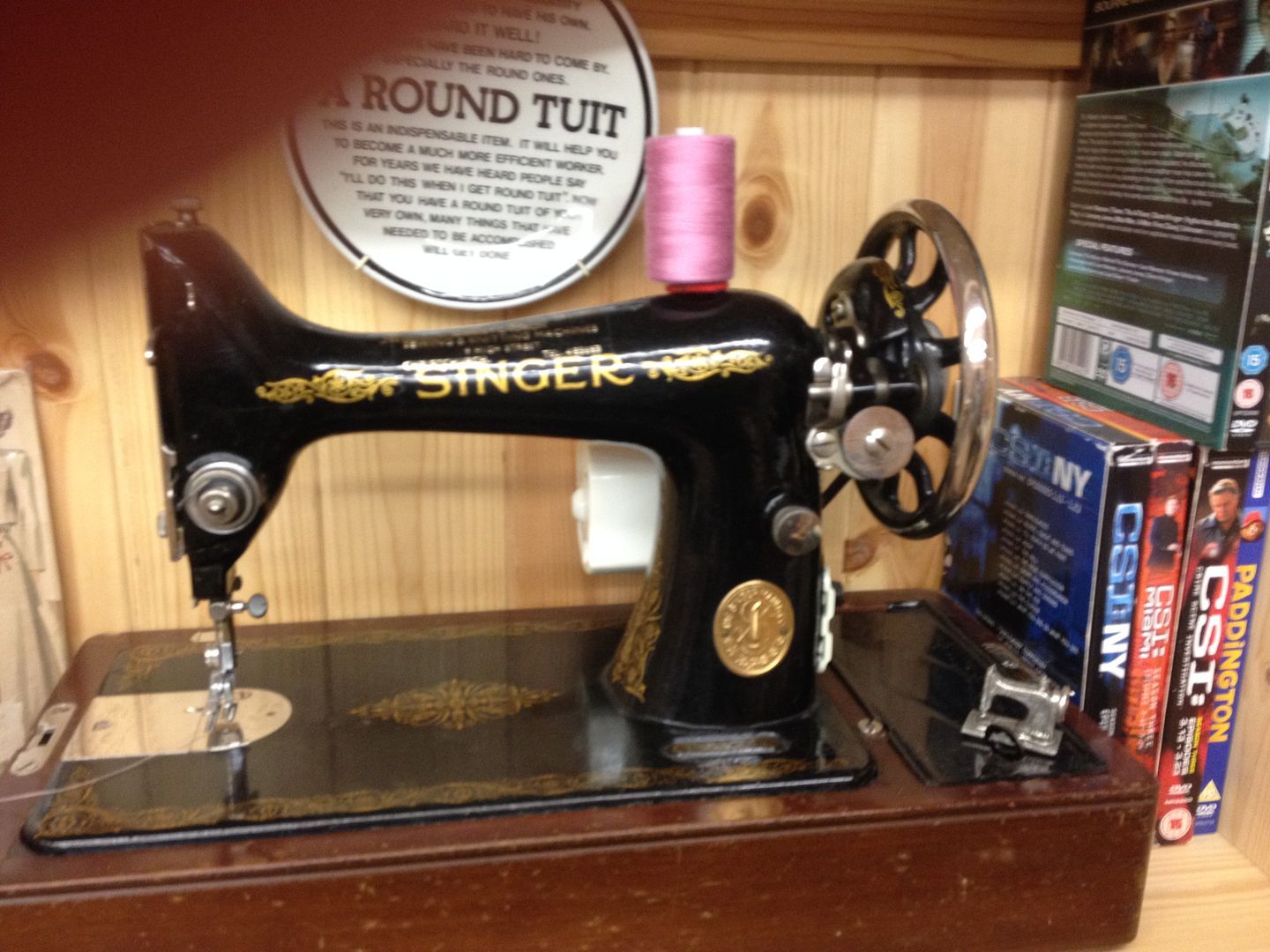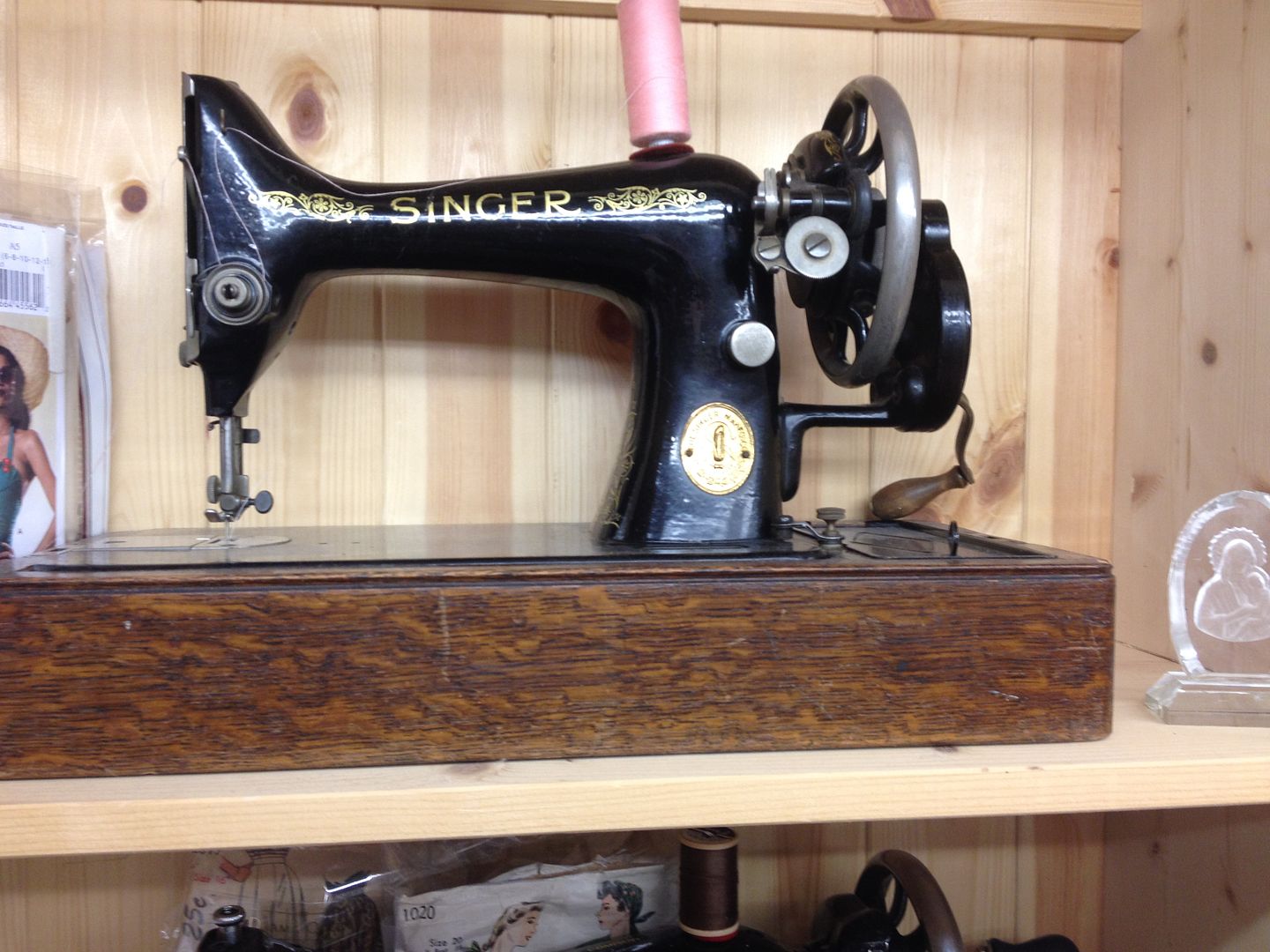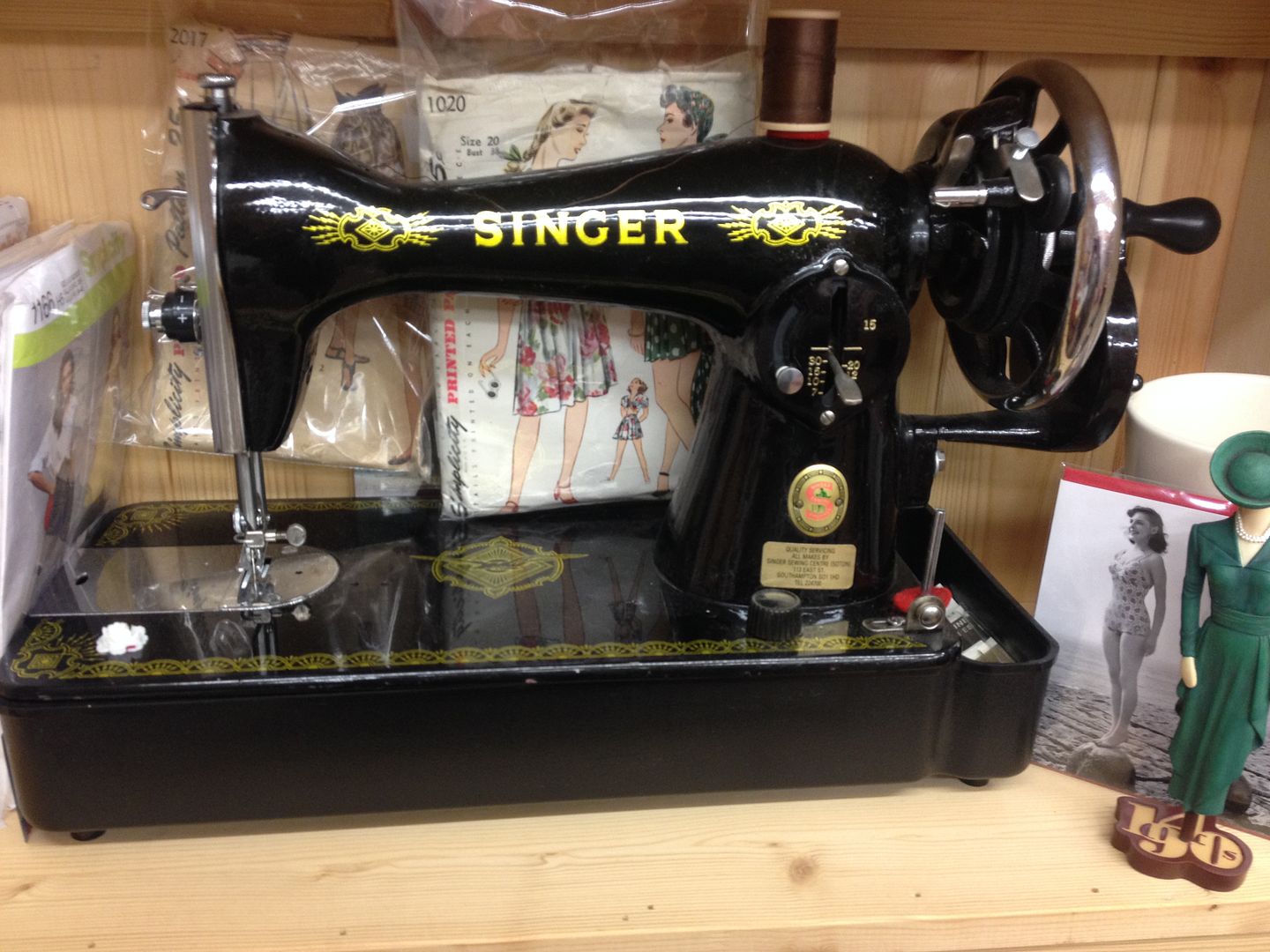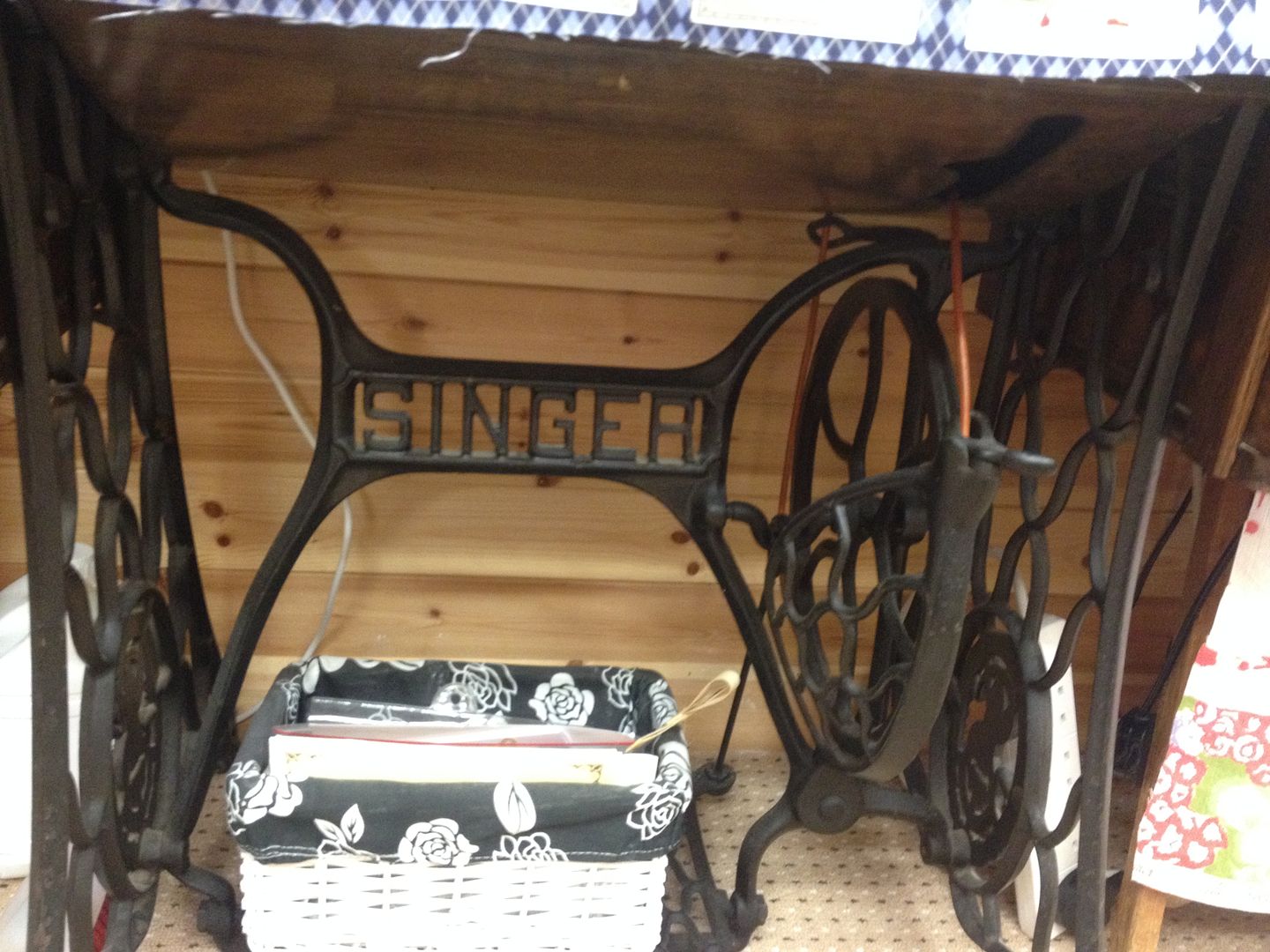Shangas
I'll Lock Up
- Messages
- 6,116
- Location
- Melbourne, Australia
At the flea-market today, I bought this...

It's a replacement tire for the bobbin-winder:

Cost me 10c.

It's a replacement tire for the bobbin-winder:

Cost me 10c.
Last edited:


















